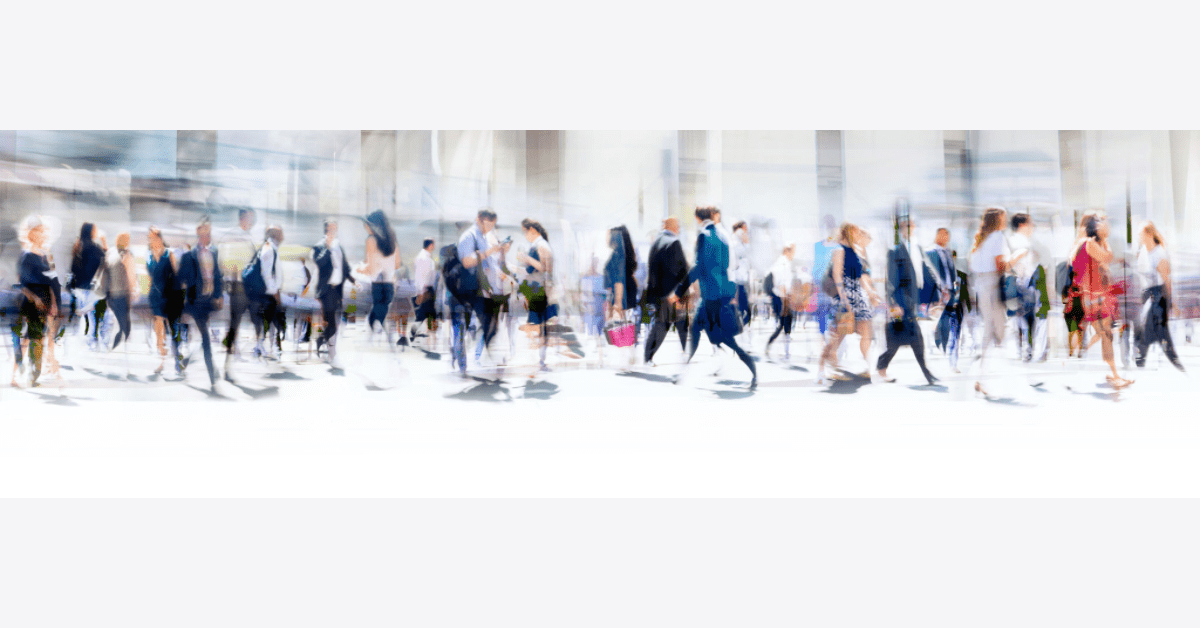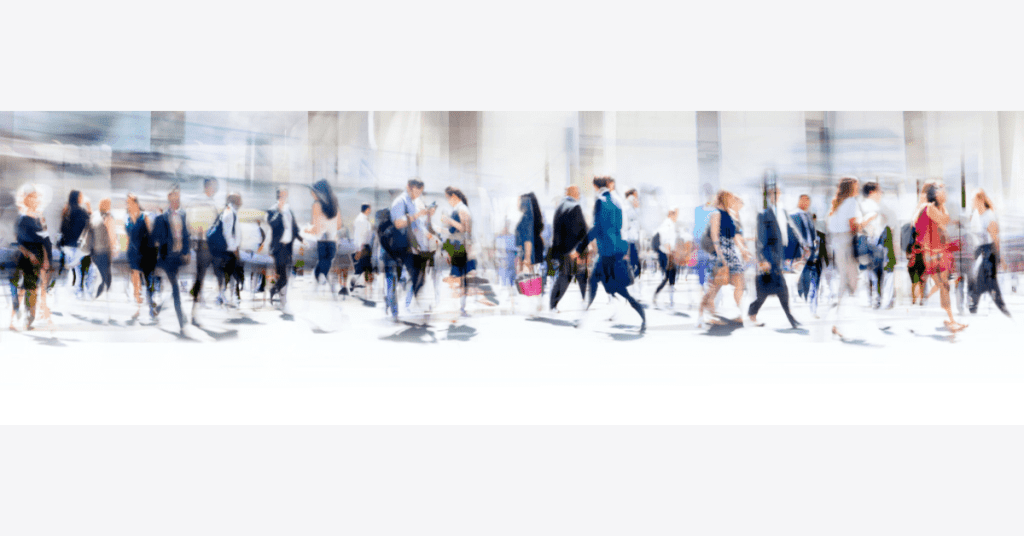6 Steps To Captivating Headshots
Mindset is everything.
Hi there, I’m so delighted to have the opportunity to serve you well! Today, I will share some tips on how to get the most out of your headshot session with me. Whether you need a headshot for your LinkedIn profile, website, or personal brand, you want to ensure that it captures your personality and showcases your best features. That’s why I’ve put together this guide with six steps to captivating headshots that will make you stand out. Let’s get started!
Choose the right outfit.
Your outfit is one of the most critical elements of your headshot because it reflects your style and professionalism. You want to choose something that fits well, flatters your body shape, and matches the tone of your industry. For example, if you work in a corporate environment, you might want to wear a suit or a dress in a neutral or dark color. If you work in a creative field, you might want to wear something more colorful or trendy. Whatever you choose, make sure it’s comfortable and clean, and avoid anything too busy or distracting, such as logos, patterns, or accessories.
Pick the correct location.
The location of your headshot can also make a big difference in how it looks and feels. You want to choose a location that suits your purpose and personality and has good lighting and background. For example, if you want a formal headshot, you might want to choose a studio or an office setting. If you want a casual headshot, you might want to choose a park or a coffee shop. Whatever you choose, make sure it’s not too crowded or noisy and that it has enough space for you to pose comfortably.
Prepare your face.
Your face is the focal point of your headshot, so you want to ensure it looks its best. You don’t need to wear much makeup or do anything drastic. Still, you want to take care of some basics, such as moisturizing your skin, grooming your eyebrows, and applying lip balm. You might also want concealer or foundation to cover any blemishes, dark circles, and mascara or eyeliner to enhance your eyes. If you’re unsure how to do your makeup, you can always ask me for advice or hire a professional makeup artist.
Relax and smile.
One of the most important things to remember when taking a headshot is to relax and smile. You don’t want to look stiff or nervous in your photo because that will make you seem unapproachable or unfriendly. You want to look confident and happy because that will make you seem trustworthy and likable. To relax and smile, try to breathe deeply and think of something positive or funny. You can also talk to me or listen to music to ease your nerves. And don’t worry about making mistakes or looking silly – I’ll guide you through the process and help you find the best angles and expressions.
Experiment with different poses.
Experimenting with various poses is another way to make your headshot more exciting and captivating. You don’t have to stick to the same pose for every shot – you can try different things, such as tilting your head, leaning forward, crossing your arms, or putting your hand on your chin. You can also change your direction, such as looking at the camera, looking away from the camera, or looking over your shoulder and finding a pose that feels natural and comfortable for you and shows off your personality and style.
Have fun!
The last step to getting a great headshot is to have fun! Remember that this is not a test or a chore – it’s an opportunity to express yourself and showcase your brand. So don’t be afraid to be yourself and enjoy the experience. You can also bring a friend or a family member along for moral support or feedback!
I hope this guide has helped you prepare for your headshot session with me. I can’t wait to see you soon and capture some fantastic photos of you. If you have any questions or concerns, don’t hesitate to contact me anytime. If you’re ready to book your session, click here!



